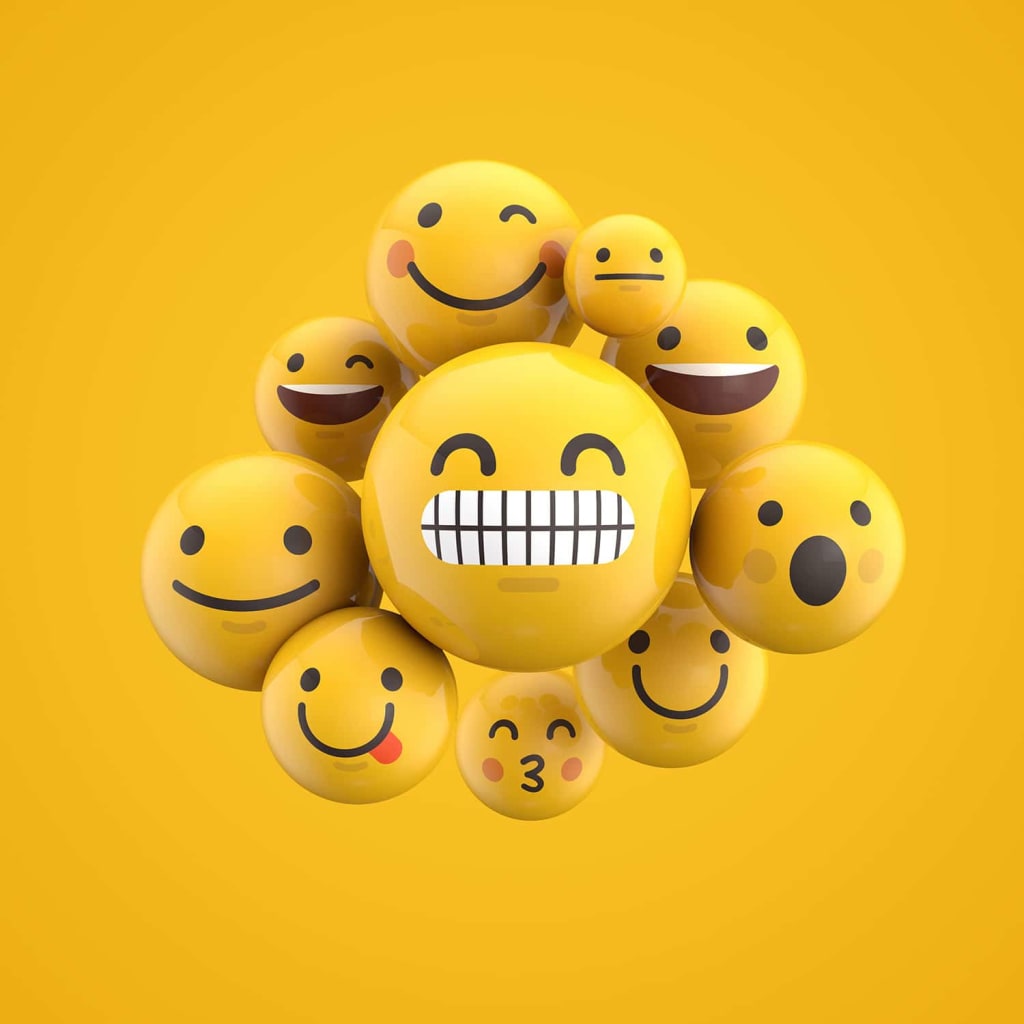How Teens Use Emojis to Talk
Use Emojis in Today's World

There’s no denying that the world of texting has changed drastically in the last decade. It’s not uncommon anymore to text people all over the world to stay in touch. What used to be simple text messages have become messages filled with emojis and pictures to convey a feeling, an emotion, or a moment. Emojis have become so much more than just a way to colorfully express ourselves; they have served as the basis for a new language—the language of the youth.
To get a better idea of how teens use emojis to talk, Lennyface interviewed a group of teens about their emoji usage. If you are looking for emojis then you can create from lenny face. The most common answer was that emojis are more personal than real words. Emojis have become a main form of communication for teens. Like many things in the digital age, they serve as a way to tell stories and have even started to replace text messages in some cases. These images, icons and smiley faces have become a staple in text messages, social media sites and even blogging platforms.
The Difference Between Emojis and Emoticons
Emoticons and emojis are used to add emotion to text messages, emails, and social media posts. But how are they different? Emoticons are a keyboard-shortcut, like typing on a computer, where you type in the characters to make a picture. Emojis are specific images, like pictures on the internet, that you can copy and paste onto your message. For example, typing in :) is an emoticon and copying and pasting the picture of the smiley face is an emoji.
Short for “emotion icons,” emoticons are used to communicate a tone or emotion through a series of symbols. These symbols, referred to as “emoji,” are the same ones we see as emoticons on Facebook and other social media platforms. Emojis, however, are much more versatile, as they can be used in a range of digital devices, including texts, online messaging, social media, and e-mail.
How Parents Use Emojis
Parents have a reputation for being out of touch, but their use of emojis is actually pretty smart. Just like teenagers, parents use emojis to show emotions, be cute, and make memes. However, parents use emojis in a different way. For example, they use them to communicate with each other without their children seeing.
While many people use emojis to express their feelings or to add a little comic relief to a serious message, not many of us use emojis as a way to communicate with our children. However, according to a recent study, one in three parents use emojis when talking to their children, and more than half of respondents said using emojis made them feel more connected to their children.
What Emojis Mean
If I was trying to communicate with you through text or chat, I could convey a smiley face, a question mark, or a frown. But without those visual aids, I’d have to try to convey a smiley, question, or frown in words. It would be annoying. That’s why developers came up with emojis, a little picture language that adds another layer of communication to texting and chat.
Emojis add an emotional tone to text conversations. They are the visual shorthand for the tone we’re trying to convey through text.
When to Use Them
Emojis are a way to express emotion through a picture. They have taken over the world and are used by even the most tech-saavy people. However, there are certain situations in which it may be appropriate to use emojis, and others in which you should avoid them.
While emojis have been around for a couple of years, this year will see adults warming up to this unique form of communication. That’s thanks to a number of factors, including the ubiquity of smartphones and tablets, the growing number of apps that let you incorporate emojis into your texts and emails, and the simple fact that more people are starting to use them. Also, unlike a lot of other forms of expression, emojis are pretty universally understood, and more and more teens are using them to talk to each other.





Comments
There are no comments for this story
Be the first to respond and start the conversation.